iPhone Air review: travel light, move fast
My favourite iPhone in as long as I can remember
Okay, so allow me to explain why I switched to the iPhone Air.
Regular readers may be surprised that I’d even consider doing this. I would have been surprised myself, had you told me back when rumours of this device first started to emerge. After all, a major focus of Multicore is high-end mobile photography, an area where the Air essentially waves the white flag in the name of thinness.
For various reasons related to living in Japan and being a near-lifelong Mac user, my iPhone is my “main” phone. I tend to prefer using various flagship Android phones released each year, though, and I almost always leave the house with one; camera quality alone tends to justify it. Still, I do need an iPhone as well. I just don’t really need an iPhone camera.
So, I asked myself. Why not get the hot one?
The iPhone Air is quite unlike anything I’ve ever held. It doesn’t feel impossibly thin if you’ve used newer folding phones like the Oppo Find N5, or even Apple’s own M4 iPad Pro — it’s the combination of thinness and sturdiness that gets me.
The titanium frame is incredibly solid with virtually no hint of flexing. I was expecting this product to amount to little more than half of a folding phone, but the Air is in another league altogether when it comes to build quality.
Apple made an inspired design decision to house most of the phone’s internals in the full-width camera “plateau”, allowing the thin rectangular section below to be mostly filled with battery. I do wish the camera itself was flush with the plateau, because the Air still wobbles on a table when placed face-up, but it’s not a big deal. The bottom edge of the plateau also serves handy double-duty as a way to rest the phone against your index finger.
As someone who often has two big phones in his pockets, the Air almost feels like nothing. You can easily forget it’s in your jeans. And when you do take it out, the lightness never stops being welcome.
The colourway situation on the Air is slightly bizarre. I got the “sky blue” model, which looks white under all but the most overcast of surroundings. Last week I met someone who had the “cloud white” model, which I’d forgotten was Apple’s term for the basic white finish, and I actually thought they were mixing it up with the similarly sky-themed blue because they appeared almost identical side by side.
Both models look great in their own right; I just don’t get why Apple decided to split them into separate SKUs. Black and white models would have been fine for this release.
Colour confusion aside, this is a beautiful device overall and Apple’s most beguiling design in years. It feels in keeping with the kind of product the company used to put out more often a couple of decades ago — something that genuinely pushes the boundaries of technology for the sake of being fresh and surprising.
The screen size is very usable at 6.5”, which is what Pro Max-sized phones used to be a while back; the Air’s slimmed down bezels give it a smaller footprint. If you prefer compact phones, though, this might feel too big. The Air does display Max-style landscape layouts in apps like Mail and Safari.
One welcome addition across the entire iPhone line this year is a new antireflective treatment to the cover glass. This is not anywhere near on the level of Apple’s nanotexture displays, or even Samsung’s Galaxy S25 Ultra, but the Air is noticeably better at handling glare than my 16 Pro Max and looks a lot more vibrant outdoors. Apple could do more here, but this is a step in the right direction.
The speaker situation, on the other hand, could be a dealbreaker for some people. The Air only has one speaker and it’s built into the earpiece, meaning it doesn’t get very loud, offer stereo separation or sound great in general. I don’t use my phone speaker very often and I find the Air’s to be fine for what it is, but you’ll probably want AirPods if you’re planning to play many podcasts or YouTube videos on this phone.
I tend not to go into too much detail on battery life when testing phones because it feels like a solved problem — or at least one that everyone has addressed the same way to a reasonable degree. At least with my usage patterns, it’s rare for a phone to stray from the paradigm of “you can kill it in a day, but usually you won’t”.
The Air is different. You really don’t have to try very hard at all to kill this phone’s battery in a day, and that meaningfully changes the way you’ll use it at times when you’re away from home. I was using the Air as my primary phone while travelling in Germany and Austria last week, and I often needed to think about portable batteries or finding a power outlet.
I don’t think that’s all that different to a non-Max sized iPhone, though. I wouldn’t have gone on a day trip or covered a work event on my 13 Pro or 15 Pro without bringing a MagSafe battery, let alone the 12 mini. And because of both the Air’s design tradeoffs and improvements in portable batteries, the combination is actually a lot more practical today. That ultra-thin 5,000mAh battery from Matech I wrote about recently has turned out to be a perfect fit.
I don’t really put any stock in Apple’s marketing numbers that cite video playback hours as a useful metric for battery life — there is simply no way the iPhone Air is going to last as long as a 16 Plus (or Pro Max) in the real world, for example. But I do think it is true that most people on most days won’t run into a problem, that portable solutions are better than ever and that making the tradeoff for a drop-dead gorgeous phone will be perfectly defensible for some.
The Air charges at up to 18W if you use a 20W adapter, and it’ll get to above 50% in half an hour. That’s a little disappointing considering the small 3,149mAh capacity of the actual battery — a more modern fast-charge solution would have gone some way to alleviating endurance concerns.
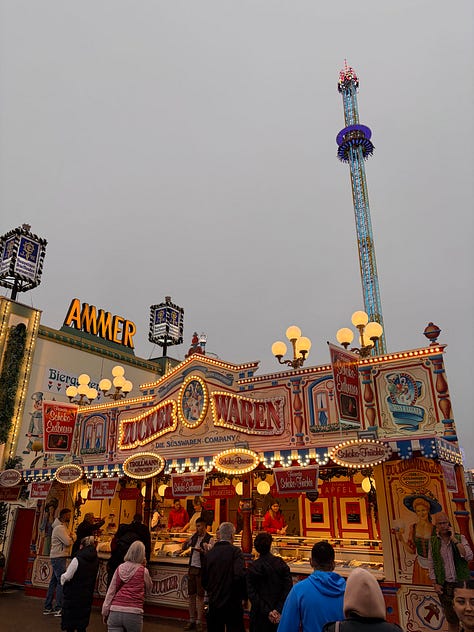

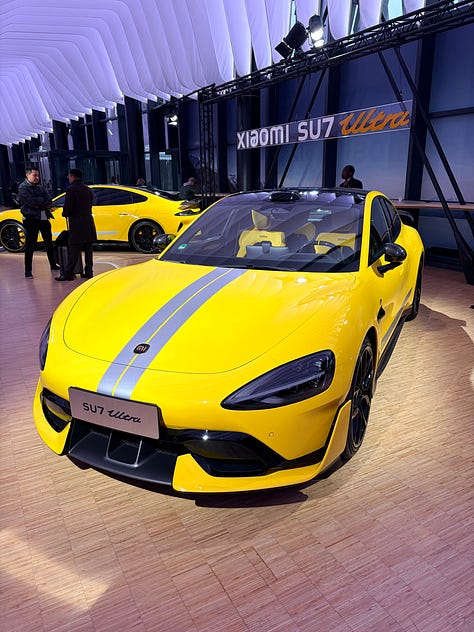
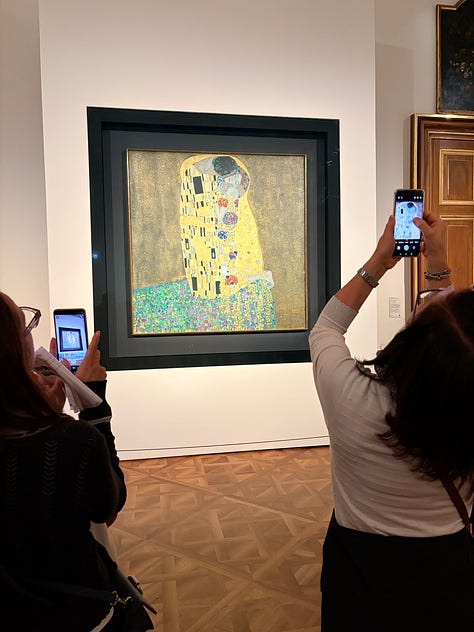
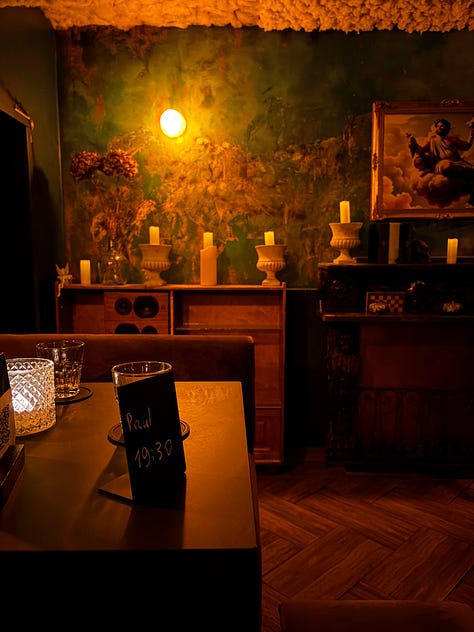
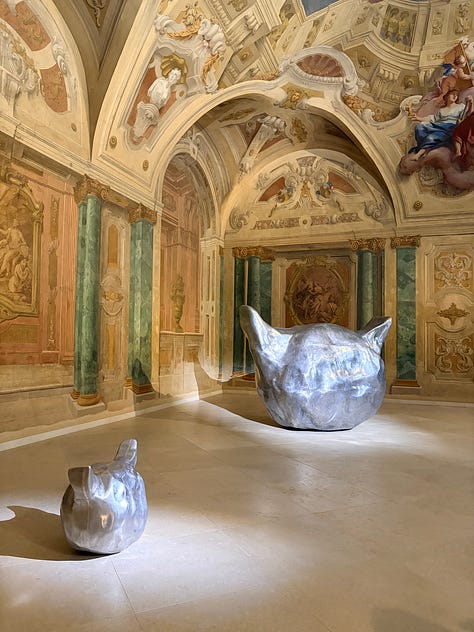

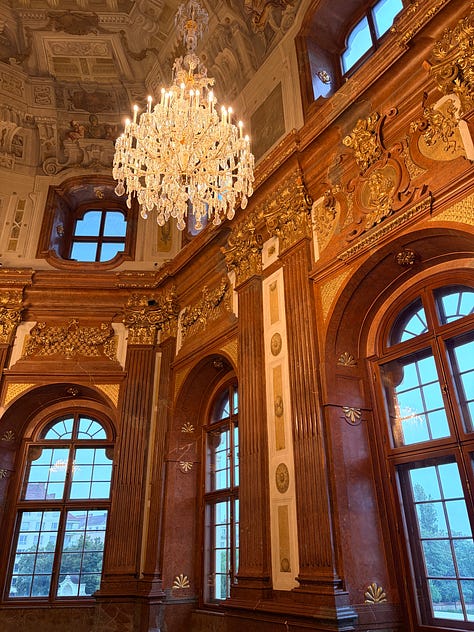

As for the single camera, well, it isn’t very good.
The Air camera uses the smaller 1/1.56” sensor from the iPhone 17 rather than the 1/1.28” component from the 17 Pro. I suspect this may have been chosen for close-focusing reasons; the Pro phones switch to the ultrawide within a certain distance. The Air doesn’t get you to macro range, but it’s better than the Pro’s main camera in that regard.
The results are ultimately sub-par for a phone in this price range, delivering roughly Pixel 10-level results without the extra lenses to back it up. Apple has clearly settled on its technically capable but aesthetically dubious approach to computational photography, which isn’t to my taste, but on the Air you can’t even fall back on ProRAW to edit the results.
There is a new “photographic style” called Bright, however, which to my eyes looks to have been somewhat influenced by the default output of various Chinese phones. I think it works pretty well if you adjust the tone setting to stop Apple’s Smart HDR pipeline bringing up the shadows so much, so I’ve set that as my new default and used it for the sample photos here.

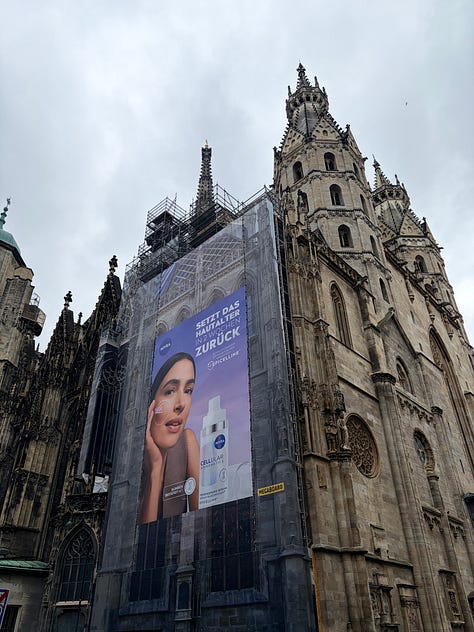



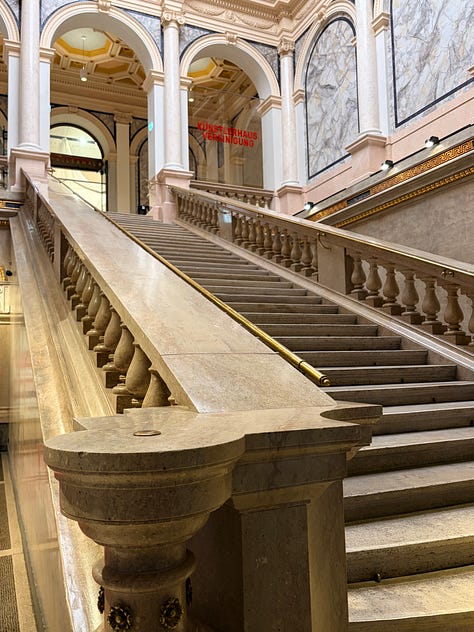

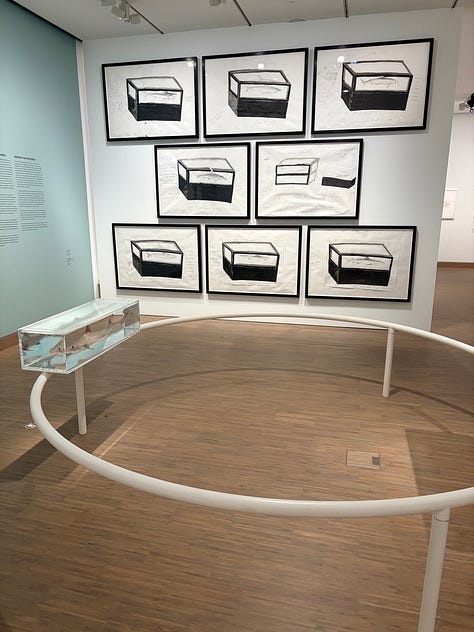

Despite everything, the iPhone Air camera is still pretty fun to use on its own terms. If you let go of the notions of pure image quality or attractive processing out of the box — or use something like !Camera to address the latter — then it’s actually quite freeing to get back to shooting with a single camera. Apple’s claim of “four lenses in your pocket” is frankly embarrassing marketing, but there’s something to be said for just setting this camera to the 35mm mode and zooming with your feet, like I used to do back in the day.
It’s also worth noting that Apple has made meaningful strides with the selfie camera this year across the iPhone lineup. By using a new 24-megapixel square sensor, you can now take 18-megapixel selfies or 4K video in either portrait or landscape orientation without physically rotating the phone or losing resolution.
I am not a selfie person, nor a run-and-gun vlogger, but this feels like a great feature for both use cases. More than anything else, it’s just a huge usability boost to be able to keep holding the phone in portrait.
I didn’t have high expectations for this camera system, and the Air didn’t exceed them. It will do the job most of the time, and I’ll use something else when it won’t.
I accept that I laid out some very niche reasoning to go for the Air at the outset of this review. Most people do not ever consider carrying multiple phones, and in many ways I’m jealous of them.
If you only use an iPhone and you want the best one, you should get the 17 Pro or Pro Max. If you don’t want to spend that much, you should get the base-model 17, which looks very good this year. Battery life and camera performance are top of many people’s priorities when it comes to the most important computer in their lives, and the Air falls short in both areas.
But I do think the Air would still work for a lot of people who find it hard to resist. If you spend most of your days at a desk with a charger, and you don’t mind carrying a small portable battery with you on longer trips, and you aren’t too particular about photography, then this is a great device.
The Air is by no means the most capable iPhone available. I could only recommend it to people with particular circumstances that would make it a viable option.
And yet every time I pick it up, I’m reminded that it’s my favourite iPhone in as long as I can remember.



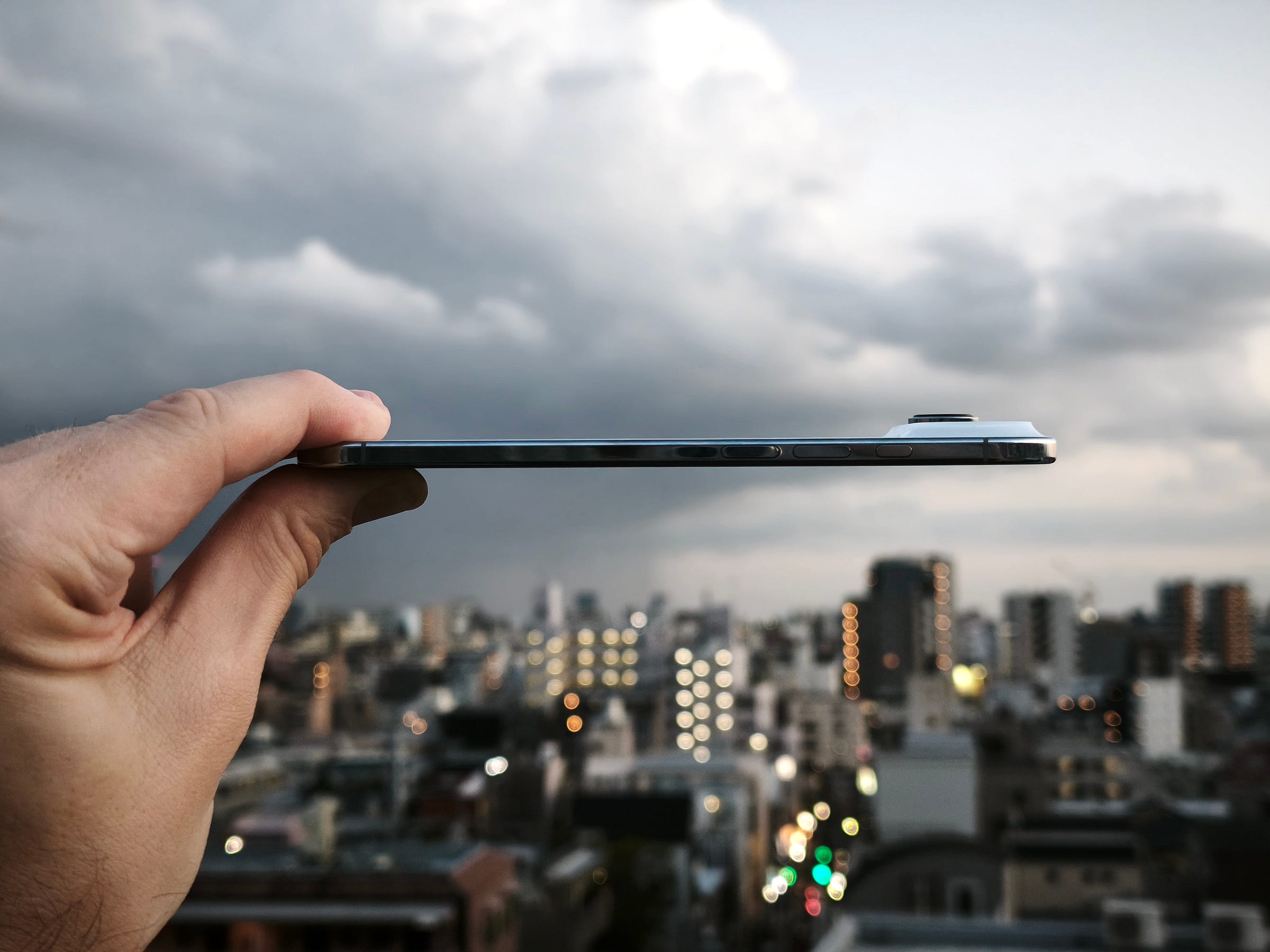

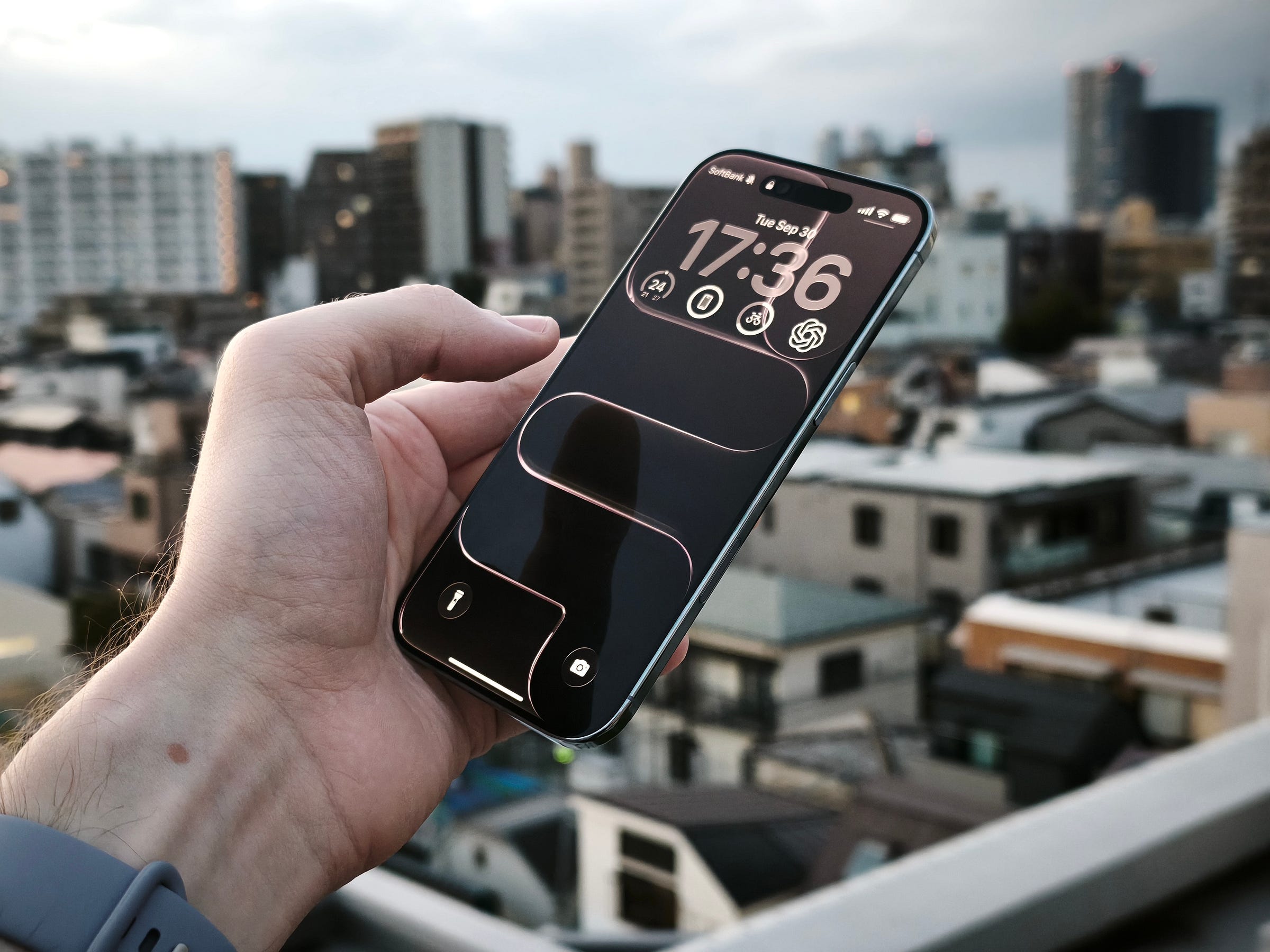
The Air, I think, has finally surpassed the 5 as the most beautiful and elegant iPhone. I am delighted to use it, but never distracted by its compromises.